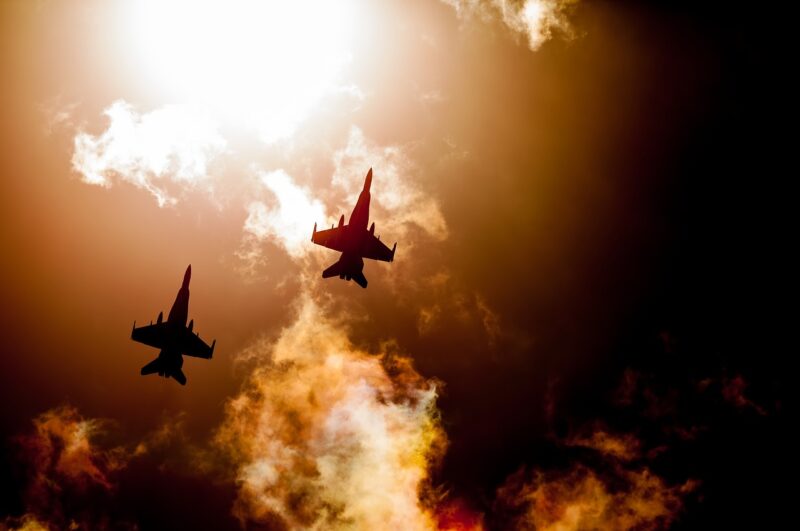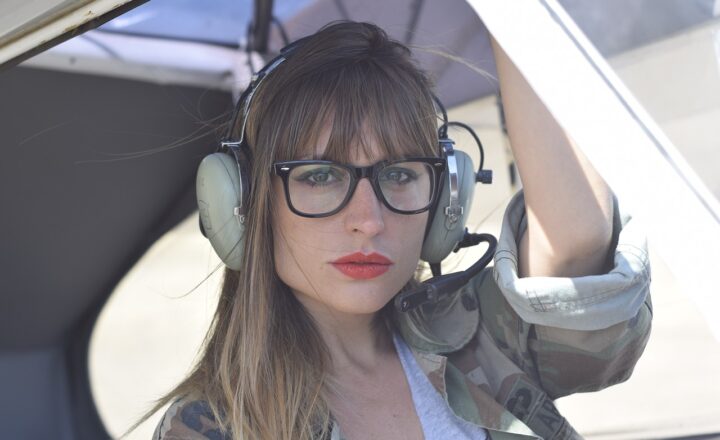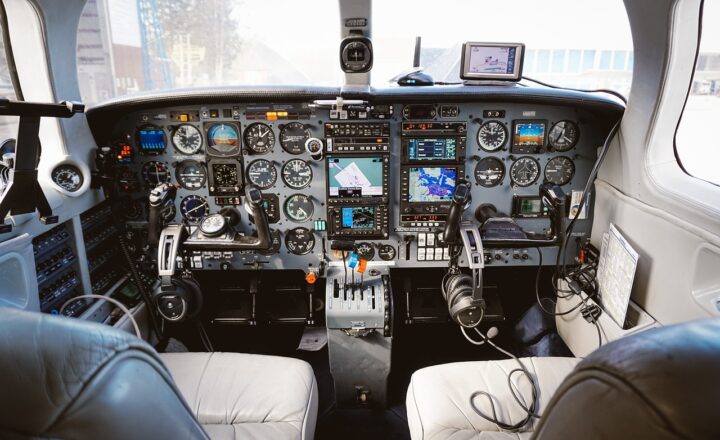What It Takes to Fly Fighter Jets: The Intense Training of Military Pilots
November 11, 2024

Flying a fighter jet is not just a dream for many; it is a pinnacle achievement for military pilots that requires exceptional skill, intense training, and unwavering commitment. From the moment a candidate begins their journey in the military to soaring through the skies in high-performance aircraft, the path to becoming a fighter pilot involves rigorous physical and mental preparation. This article delves deep into what it takes to fly fighter jets, exploring the multi-faceted training regimes that military pilots undergo.
1. The Selection Process: A Filter for the Best
The journey to becoming a fighter pilot starts with a demanding selection process that evaluates candidates’ physical and mental capabilities.
Eligibility Criteria:
Candidates typically need to meet the following requirements:
– Be a U.S. citizen
– Hold a bachelor’s degree (in any field, but technical degrees are preferred)
– Pass a series of medical and vision tests
– Score well on the Armed Services Vocational Aptitude Battery (ASVAB) test
– Successfully complete an officer training program, often through the Air Force Academy, Naval Academy, ROTC, or Officer Training School (OTS).
Once candidates meet the basic eligibility criteria, they undergo a rigorous evaluation known as the Initial Flight Screening (IFS). This assessment determines their aptitude for flying through various tests.
2. Flight Training: From Ground School to the Skies
Successful candidates then enter flight training, which can last from 18 to 24 months, depending on the branch of service. This critical phase breaks down into two main components:
Ground School:
Pilots begin their training in the classroom, studying subjects such as:
– Aerodynamics
– Navigation
– Meteorology
– Aviation regulations
– Aircraft systems
– Emergency procedures
– Communication protocols
Ground school prepares pilots to understand the theoretical knowledge needed to handle aircraft maneuverings and scenarios.
Flight Training:
Once ground concepts are mastered, pilots progress to actual flight training. They often start in light aircraft to gain basic flying skills, including:
– Taking off and landing
– Climbing, descending, and turns
– Instrument flying
– Basic aerobatics and maneuvers
After showing proficiency in light aircraft, candidates transition to more advanced trainers. For example, the T-6 Texan II for initial pilot training or the T-38 Talon for advanced jet training. Throughout this period, pilots also learn combat tactics, aerial dogfighting, and weapons handling.
3. The Transition to Fighter Aircraft
Once flight training is complete, successful candidates are designated as pilots and then proceed to Training with an Operational Squadron (TOS). This stage specifically prepares them to fly fighter jets. Pilots are selected to train in specific fighter aircraft types based on their interests and performance.
Operational Training for Fighters:
Training in fighter aircraft like the F-16 Falcon or F/A-18 Hornet is intense and can last another year. Key components include:
– Advanced flight maneuvers including high-speed turns and controlled stalls
– Realistic mission scenarios combining air-to-air and air-to-ground combat
– Tactical formation flying with wingmen
– Deploying advanced weapon systems under pressure
In this gradual progression from light aircraft to advanced fighter jets, pilots experience training that conditions them for the intense demands of aerial dogfights and combat missions.
4. The Psychological Aspect: Mental Resilience and Stress Management
Becoming a fighter pilot is not only about technical skills; mental resilience is crucial. Military pilots face numerous stresses, including:
– High G-forces causing physical fatigue
– Decision-making under time pressure in complex scenarios
– Coping with physical isolation during long missions
To manage these challenges, pilots engage in extensive psychological training and assessments, focusing on:
– Mental conditioning through simulations and stress-inducing scenarios
– Team-building exercises and communication training with crew members
– Regular psychological evaluations to ensure mental readiness for combat situations
Mental toughness plays an essential role in enhancing their ability to respond to unexpected challenges and making informed decisions in high-stakes situations.
5. Continuous Training and Specialization
Even after pilots receive their wings, training is never truly over. Continuous professional development is essential for military pilots to keep their skills sharp and current.
Types of Continuous Training Include:
– Regular proficiency flights and mission rehearsals
– Annual evaluations and refresher courses
– Specialized training in advanced tactics or new airframes
– Opportunities for cross-training in other aircraft models to extend versatility
With evolving threats and technologies in warfare, staying abreast of the latest advancements, strategies, and combat techniques is paramount for sustaining operational readiness.
6. The Life of a Fighter Pilot: Challenges and Rewards
While flying fighter jets provides thrill and excitement, the lifestyle of a military pilot comes with immense sacrifices and challenges:
– Extended deployments away from family
– Increased risk associated with combat missions
– Strain from maintaining work-life balance in high-pressure environments
Despite these challenges, many pilots find the rewards are well worth it. The honor of serving their country, the camaraderie with fellow airmen, and the adrenaline of soaring through the skies are experiences that define their careers. For many, the feeling of being at the tip of the spear in protecting national security is profoundly fulfilling.
Conclusion: The Brave Few Who Soar Above
The path to flying fighter jets is filled with challenges that only the most dedicated and skilled individuals can navigate. From the selection process to the intense training and the ongoing commitment to excellence, military pilots undergo a transformative journey that molds them into defenders of the skies. Their ability to perform under pressure and make quick, strategic decisions in combat scenarios is a testament to the rigorous training they endure. As we honor these brave individuals, it is crucial to understand the intense dedication required to make the dream of flying fighter jets a reality.
Through grit, determination, and unparalleled training, these aviators play an essential role in ensuring the safety of nations and are true embodiments of courage and resilience.








